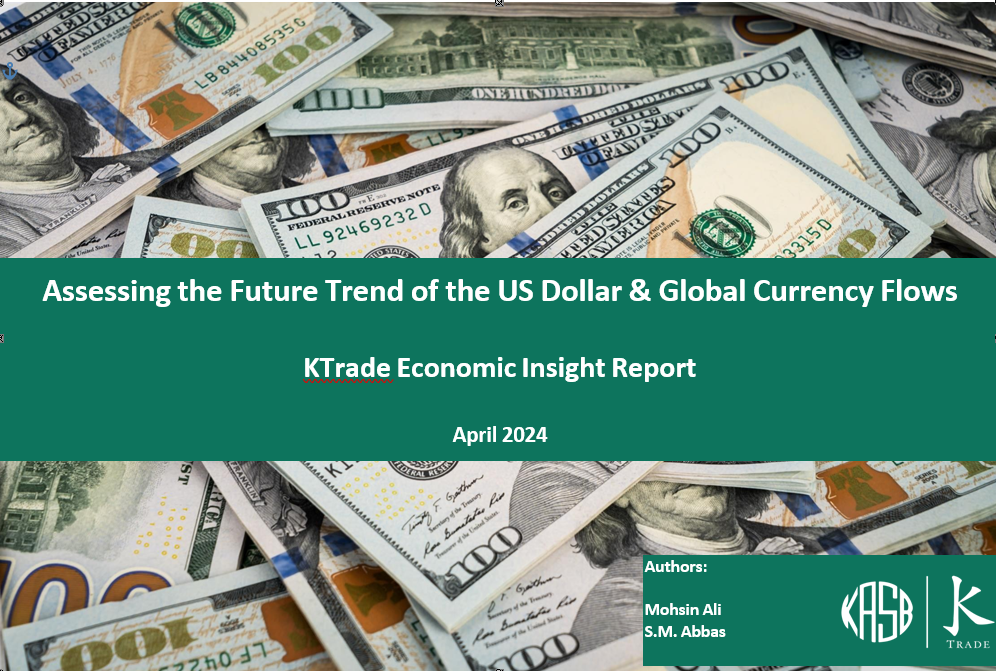The resilience of the U.S. dollar has defied initial expectations, holding its ground longer than anticipated. Yet, the pillars supporting its strength are showing signs of erosion, as fiscal anxieties and a decelerating economy begin to exert pressure. Currently trading more than 20% above its fair value, the dollar is poised for a weakening trend against major counterparts like the euro and Japanese yen. While short-term caution is advised for emerging-market currencies, they stand to gain over the long haul from the sustained depreciation of the U.S. dollar.
From July to October, the U.S. dollar surged by 7%, marking its 2023 peak and reigniting debates on its potential ascent. Even before this rally, the dollar was significantly overvalued, with purchasing-power-parity models indicating a 21% richness on a trade-weighted basis. However, the supportive factors fueling its ascent are gradually dissipating. Demand attributed to pandemic-driven uncertainty and the allure of high-quality U.S. assets, alongside comparatively elevated interest rates following inflation concerns, are waning. Consequently, maintaining the current lofty levels appears increasingly challenging. Forecasts point toward a 10%-20% depreciation in the greenback over the coming year or two, rather than a commensurate rally.
November’s events and the subsequent decline in the dollar validate this prognosis. The currency dipped by 3% in response to several developments:
- Softening U.S. economic indicators, including labor market metrics, consumer spending, and industrial production, suggest a narrowing performance gap between the U.S. and global economies.
- Heightened investor scrutiny of U.S. fiscal policies, accentuated by the risk of another government shutdown and debates surrounding international support commitments. A decade of unchecked spending and tax reductions has inflated the U.S. debt burden, with soaring interest costs exceeding $1 trillion annually, eliciting investor concerns and potential credit rating downgrades.
- Chinese fiscal stimulus measures aimed at bolstering economic activity amid subdued global expectations.
For a substantial U.S. dollar sell-off to materialize, global investors will demand evidence of robust economic resurgence beyond mere moderation in the slowdown. While a weakened U.S. economy could dampen dollar prospects, broader shifts hinge more significantly on external economic dynamics. Historically, the dollar weakens amidst global economic upswings as optimism diverts capital away from U.S. assets.
Additionally, bond yield trajectories wield substantial influence over foreign exchange markets. Currencies tend to align with relative yield differentials, favoring regions offering higher interest rates. The U.S. dollar’s recent strength has been buoyed by robust capital inflows, courtesy of the Federal Reserve’s aggressive rate hikes, elevating U.S. yields above those of its developed counterparts.
Examining the yield curve’s slope provides further insights into currency market behaviors. The “bearish flattening” resulting from pronounced Fed hikes signifies a shift toward inverted yield curves, often heralding impending recessions. This is followed by a “bull steepening” phase, characterized by yield curve inversion reversal and central bank easing measures.
In summary, the global currency landscape for New Year 2024 is marked by evolving dynamics, with the U.S. dollar poised for a gradual weakening trend amidst shifting economic and fiscal paradigms both domestically and internationally.

